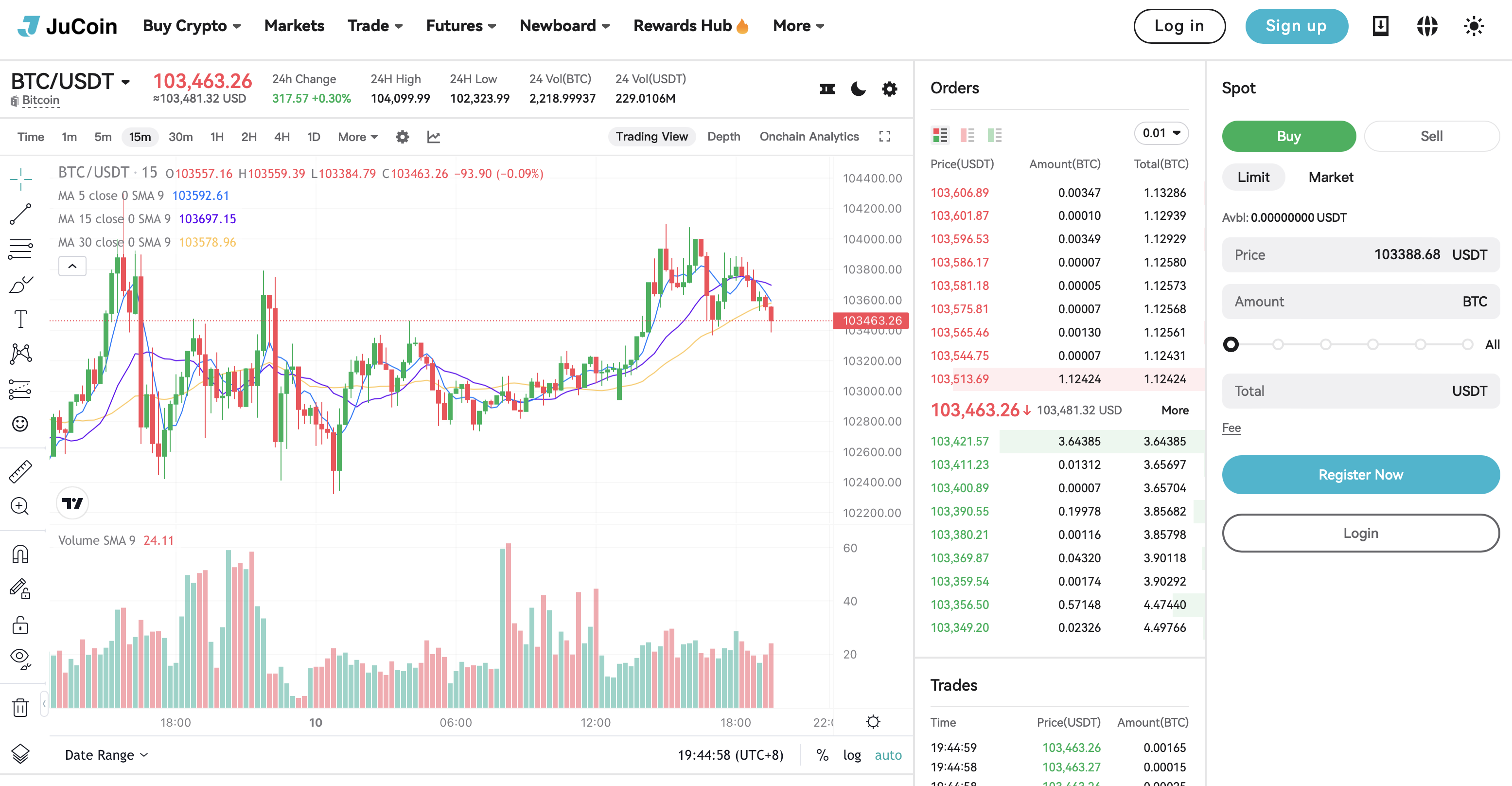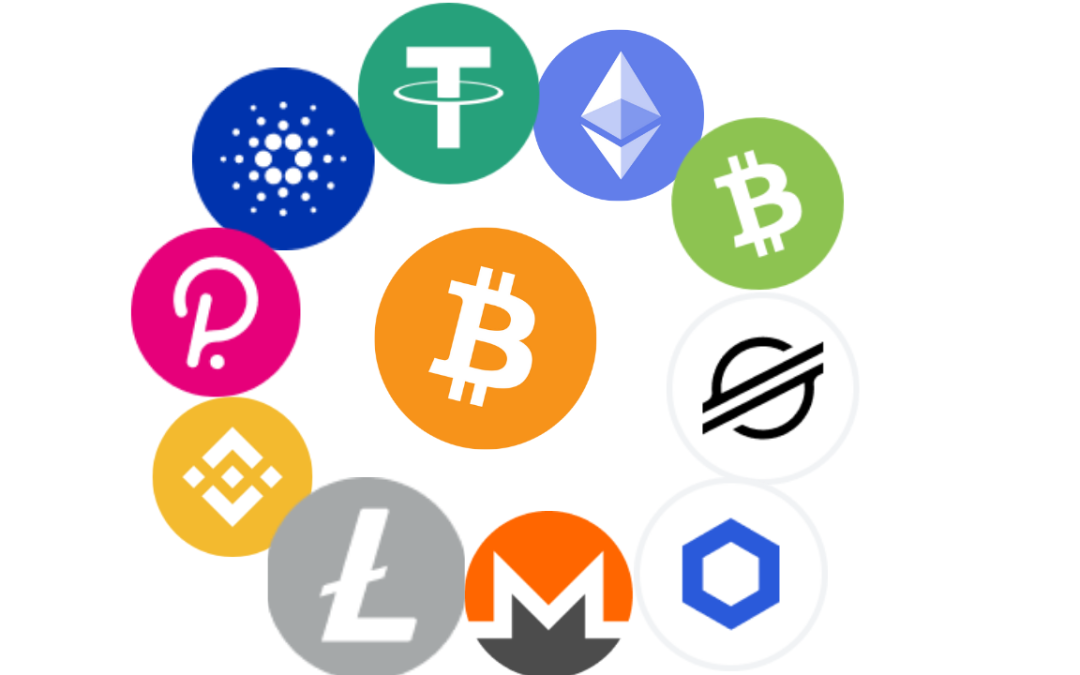
Key Takeaways
- Cryptocurrencies are digital assets secured by cryptography and built on blockchain technology, enabling decentralized peer-to-peer transactions.
- They serve a variety of purposes—from payment systems and smart contract platforms to governance tokens, stablecoins, and digital collectibles.
- The sector includes thousands of cryptocurrencies, each with unique functions, consensus mechanisms, and ecosystems.
- Cryptocurrencies are transforming finance, gaming, supply chains, and more, but face regulatory, technical, and adoption challenges.
- Cryptocurrencies are enabling new forms of digital ownership, peer-to-peer finance, and decentralized governance—ushering in a new era of internet-native economies.
In just over a decade, cryptocurrencies have evolved from a niche concept into a multi-trillion-dollar industry that is reshaping finance, technology, and even global governance. Originally designed as an alternative to traditional money, cryptocurrencies now power decentralized applications, digital economies, and new financial systems around the world. As of 2025, the global crypto market hosts over 20,000 active tokens and continues to expand into sectors from payments and gaming to AI and real-world assets.
But what exactly are cryptocurrencies, how do they work, and why are they important? This Innovation and Tech article explores the foundations, functions, and future of this transformative technology.
What Are Cryptocurrencies?
At their core, cryptocurrencies are digital assets that use cryptography to secure transactions, control supply, and verify transfers—all without relying on centralized authorities like banks or governments. They operate on blockchain networks, which are decentralized, distributed ledgers maintained by a global network of participants.
The first and most well-known cryptocurrency is Bitcoin, launched in 2009 by an anonymous creator known as Satoshi Nakamoto. Bitcoin introduced the idea of a scarce, borderless, peer-to-peer currency, secured by a system of consensus called Proof-of-Work. Since then, thousands of cryptocurrencies have emerged with diverse purposes and technologies.

The Technology Behind Cryptocurrencies
At the heart of every cryptocurrency is a combination of cryptographic algorithms, network consensus, and blockchain infrastructure — working together to secure transactions, maintain decentralization, and eliminate the need for central authorities. The underlying technology ensures that no single party controls the network, making cryptocurrencies resilient, censorship-resistant, and transparent.
A foundational component is the consensus mechanism, the protocol used by blockchain participants to agree on the validity of transactions. Proof of Work (PoW), popularized by Bitcoin, relies on miners solving complex mathematical puzzles to validate transactions and create new blocks. This mechanism is secure but energy-intensive. In contrast, Proof of Stake (PoS), adopted by Ethereum in 2022, selects validators based on the amount of cryptocurrency they lock (or “stake”) in the network, drastically reducing energy consumption.
Other notable consensus mechanisms include:
- Delegated Proof of Stake (DPoS): Used by blockchains like EOS, this model allows users to vote for a limited number of delegates who validate blocks on their behalf, increasing efficiency but potentially reducing decentralization.
- Proof of Authority (PoA): Used in private or consortium chains (like VeChain), where pre-approved nodes validate transactions, making it fast and scalable but more centralized.
- Proof of History (PoH): Introduced by Solana, it timestamps transactions before consensus, allowing faster processing and higher throughput.
- Byzantine Fault Tolerance (BFT)-based models: Found in chains like Cosmos and Tendermint, these protocols ensure consensus even when some nodes act maliciously, offering strong fault tolerance.
- Hybrid Models: Some chains combine different mechanisms, like Algorand’s Pure PoS or Avalanche’s Snowman protocol, to balance scalability, security, and decentralization.
The actual execution of smart contracts and decentralized applications (DApps) is handled through blockchain-based virtual machines, such as the Ethereum Virtual Machine (EVM), which executes code in a trustless, deterministic manner across the network. These innovations underpin not just financial transactions, but entire decentralized ecosystems.
Use Cases of Cryptocurrencies
Cryptocurrencies are no longer limited to niche internet communities—they’re actively reshaping how we interact with money, digital assets, and even identity. Their utility spans across industries, from global remittances and banking to entertainment, art, and governance. As blockchain networks mature and user interfaces improve, the use cases for cryptocurrencies continue to expand rapidly.
- Payments: One of the most direct uses of cryptocurrencies is as a medium of exchange. Coins like Bitcoin (BTC), Litecoin (LTC), and Dash are designed to facilitate peer-to-peer payments with lower fees, faster settlement, and no reliance on banks. They’re especially useful for cross-border transactions where traditional banking systems are slow or unavailable.
- Decentralized Finance (DeFi): DeFi platforms use smart contracts to offer traditional financial services—like lending, borrowing, trading, and saving—without intermediaries. Users can lend crypto assets to earn interest or borrow against collateral, all on platforms like Aave, Compound, and Uniswap. DeFi is unlocking global access to finance, particularly in underbanked regions.
- Stablecoins: Cryptocurrencies like USDT (Tether), USDC, and DAI are pegged to fiat currencies, usually the U.S. dollar, and offer stability amidst market volatility. These are essential tools for traders seeking to exit riskier positions without converting to fiat, and for businesses accepting crypto payments without price fluctuation risk.
- NFTs and Digital Art: Non-fungible tokens (NFTs) have revolutionized digital ownership. Built primarily on Ethereum, NFTs allow creators to tokenize art, music, collectibles, and even real estate. Platforms like OpenSea and Magic Eden enable users to buy, sell, and trade these assets with verifiable ownership recorded on-chain.
- Gaming and Metaverse: Crypto-based games like Axie Infinity and virtual worlds like Decentraland or The Sandbox use cryptocurrencies to build in-game economies. Players can earn tokens through gameplay (Play-to-Earn), buy virtual land, and trade digital items, merging gaming with real-world economic incentives.
- Governance and DAOs: Some tokens empower holders to vote on changes to a protocol or fund allocation decisions. These governance tokens—like UNI (Uniswap) and MKR (MakerDAO)—support decentralized autonomous organizations (DAOs), where control lies with the community rather than a centralized entity.
- Remittances and Financial Inclusion: Cryptocurrencies allow migrant workers to send money home without high remittance fees. In countries with unstable local currencies, crypto offers a reliable store of value and access to financial services for those without bank accounts.
What Are The Different Types of Cryptocurrencies?

The cryptocurrency ecosystem is vast and diverse, with thousands of tokens serving different purposes. Understanding the various categories helps demystify the market and allows users to evaluate projects based on their function and underlying technology.
- Currency Coins: These are cryptocurrencies primarily designed as digital cash or store of value. Bitcoin (BTC) and Litecoin (LTC) are the most well-known, built to facilitate peer-to-peer transactions without needing financial intermediaries.
- Platform Tokens: Tokens like Ether (ETH), Solana (SOL), and Avalanche (AVAX) power decentralized platforms that host smart contracts and DApps. These tokens are used to pay transaction fees and incentivize validators securing the network.
- Stablecoins: Designed to hold a consistent value, stablecoins like Tether (USDT), USD Coin (USDC), and DAI are pegged to fiat currencies or commodities like gold. They serve as reliable on-chain money for trading, saving, and payments.
- Governance Tokens: These tokens allow users to participate in decision-making within protocols. Uniswap’s UNI and MakerDAO’s MKR enable holders to vote on proposals, from protocol upgrades to treasury spending.
- Privacy Coins: Coins like Monero (XMR) and Zcash (ZEC) offer enhanced privacy features by obscuring transaction details. These are favored by users prioritizing confidentiality, though they have drawn regulatory scrutiny.
- Meme Coins: These tokens gain popularity more through community-driven hype than utility. Dogecoin (DOGE) and Shiba Inu (SHIB) are the most famous, often starting as jokes but evolving into serious digital assets with large followings.
- Utility Tokens: These grant access to specific features or services within a blockchain ecosystem. Binance Coin (BNB), for example, is used for discounts on trading fees on Binance and as gas on the BNB Chain.
Each of these types contributes to the complex and evolving nature of the crypto economy, catering to different needs, user bases, and technological innovations.
The Cryptocurrency Sector: Growth, Complexity, and Transformation
The cryptocurrency sector has grown from a fringe movement to a globally influential industry. What began with Bitcoin’s proposal for a decentralized currency has blossomed into a sprawling landscape of technologies, platforms, and communities. Exchanges, wallet providers, Layer 1 and Layer 2 networks, infrastructure firms, legal service providers, venture capitalists, and even regulators are now stakeholders in this space.
As of 2025, crypto’s total market capitalization exceeds $2.5 trillion, with major institutional players—including hedge funds, public companies, and even governments—holding crypto assets. The emergence of Web3 has introduced decentralized identity systems, content ownership, and creator economies, while real-world asset (RWA) tokenization is bridging traditional finance and blockchain. At the same time, Layer 2 solutions, such as rollups and sidechains, are helping major blockchains scale for mass adoption.
Despite the sector’s promise, it continues to grapple with real challenges. Regulatory ambiguity in regions like the U.S. creates uncertainty for innovation. Security remains a concern, with billions lost to smart contract exploits, exchange hacks, and phishing schemes. Meanwhile, education and accessibility gaps prevent many from entering the space confidently. Still, the pace of development and investment shows no signs of slowing.
Crypto is no longer just a tech trend—it’s a complex, global movement transforming how we think about money, governance, and the internet itself.
Cryptocurrencies: A New Financial Frontier
Cryptocurrencies represent more than just a new form of money—they are the building blocks of a decentralized, programmable, and inclusive digital economy. With roots in cryptography and blockchain, they offer alternatives to traditional financial systems while introducing new models of ownership, coordination, and value creation.
As the space matures, the future of crypto will depend on how it addresses scalability, governance, and regulation—without compromising on decentralization. Whether used for cross-border payments, decentralized applications, or digital identity, cryptocurrencies are redefining how value moves across the internet. For investors, developers, and users alike, the crypto era is still just beginning.






